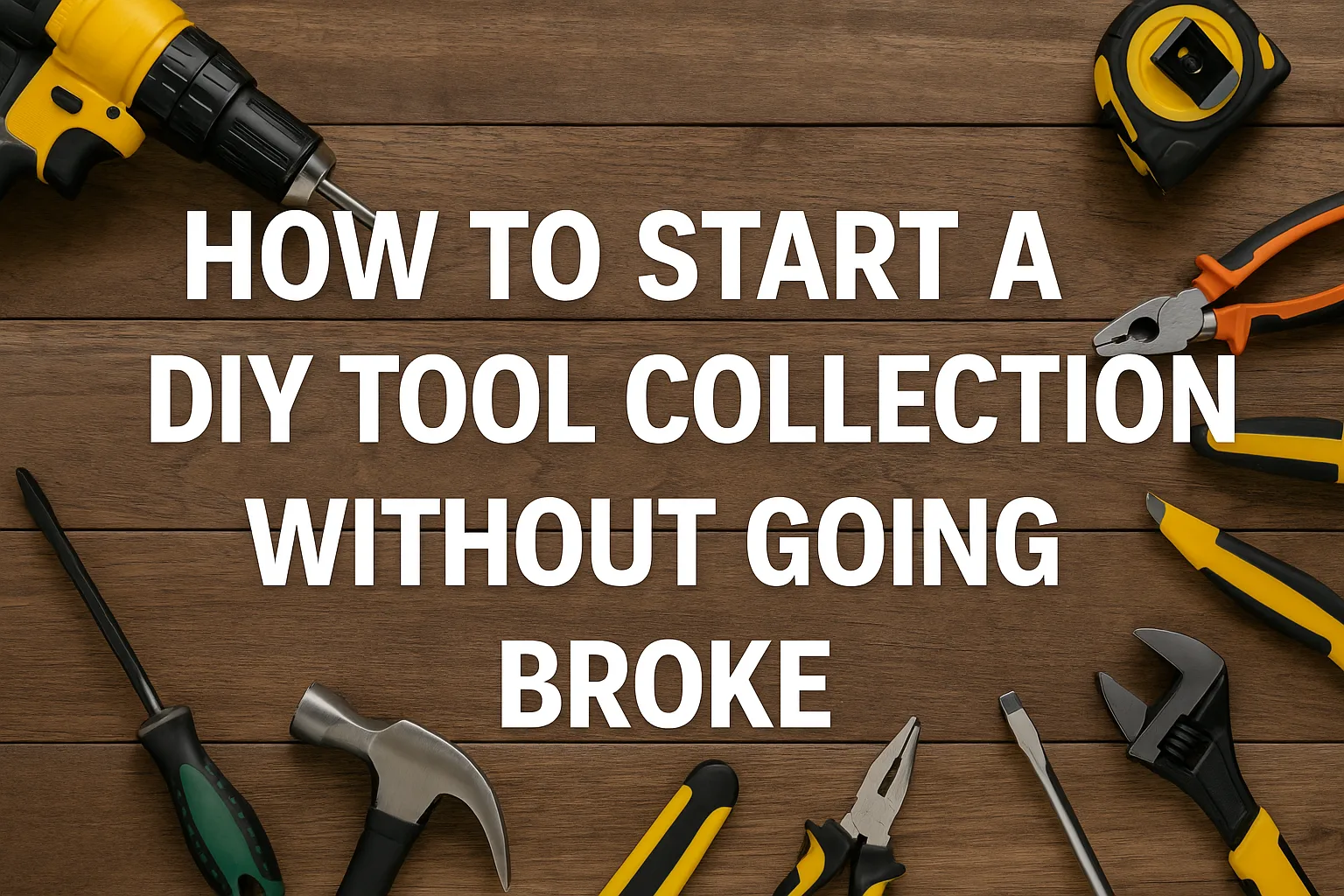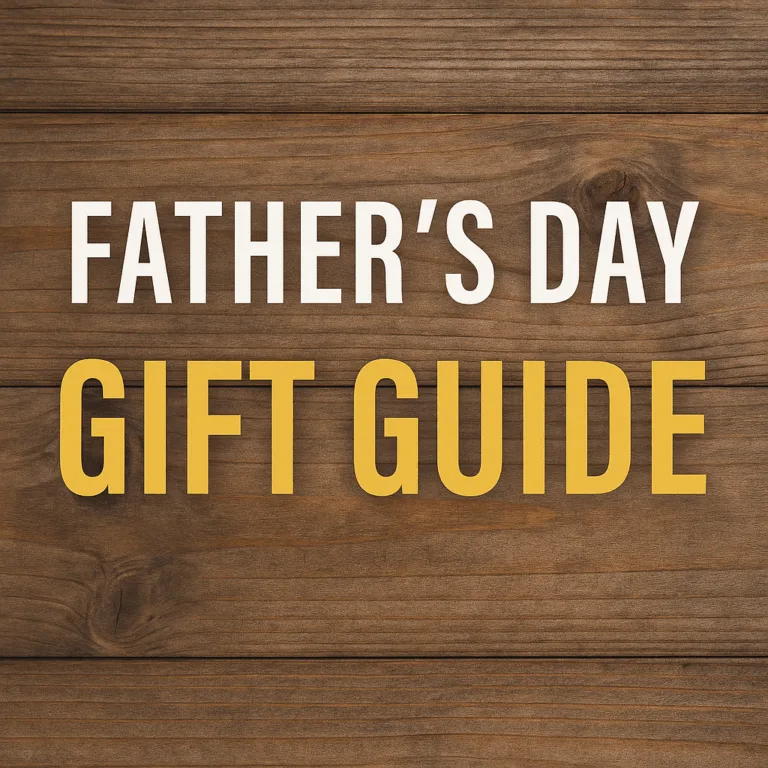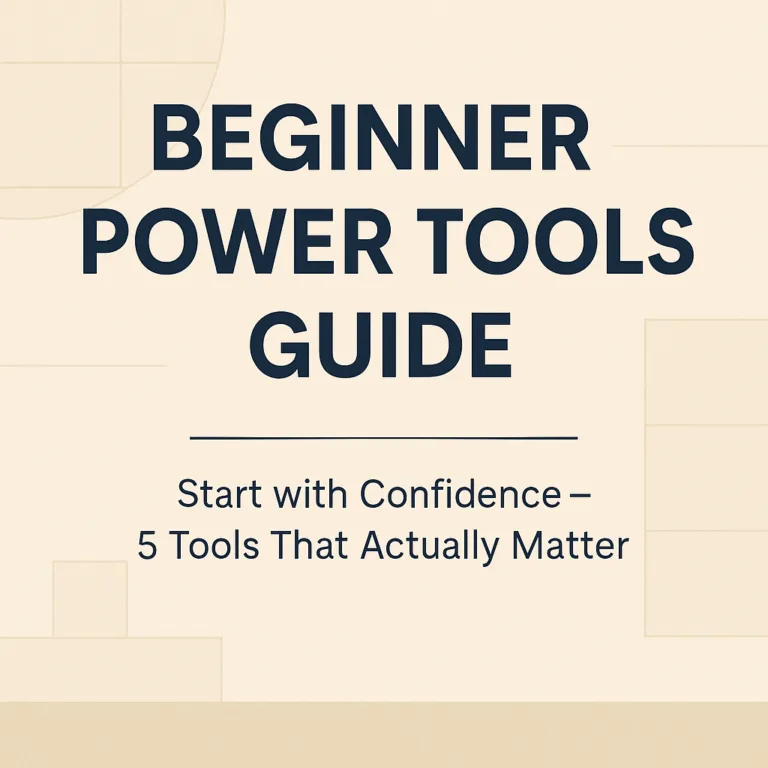Most new homeowners struggle to start a DIY tool collection the right way. They either overbuy tools they don’t actually need — or grab cheap bundles that break after a few uses.
This guide fixes that. You’ll learn what to buy first, what can wait, and how to build a smart, long-term setup that actually gets used — without blowing your budget.
Start With the Right Mentality, Not the Right Toolbox
You don’t need a $600 setup on day one. What you do need is a basic understanding of which tools actually get used — and which purchases just sit in the garage.
This guide is built around real usage. These are tools that get picked up every week — not just once a year.
Step 1: Buy Only What You’ll Use This Month
Before you start shopping, ask one question:
“What projects am I actually doing in the next 30 days?”
That narrows your tool list to essentials — not hypotheticals.
For example:
- Hanging shelves? You’ll need a drill, a level, a stud finder.
- Painting a room? Prioritize drop cloths, a good angled brush, and painter’s tape.
- Patching drywall? Don’t worry about a circular saw — get a 6-inch taping knife and joint compound.
This approach prevents buying tools “just in case” — which is where most people waste their money.
Step 2: Start With the Six Core Tools
These are the six tools almost every homeowner should own from the beginning. They’re reliable, versatile, and get used in nearly every room of the house.
1. Cordless Drill/Driver
If you only buy one power tool, make it this. A good drill handles everything from furniture assembly to heavy-duty wall anchors.
Recommended:
2. Tape Measure (25 ft)
Short tapes are frustrating. Get a full-size, easy-locking version that actually reaches across a room.
Recommended:
3. Utility Knife
Box cutters are fine, but a full-size utility knife with replaceable blades is a major upgrade.
Recommended:
4. Multi-Bit Screwdriver
You don’t need an entire screwdriver set. A good multi-bit covers almost everything around the house.
Recommended:
5. 16-oz Claw Hammer
Forget rubber-grip promo hammers. You want one with solid weight and a forged body.
Recommended:
6. Basic Tool Bag or Organizer
A simple zip bag or rigid tote keeps your tools together — and keeps you from buying duplicates later.
Recommended:
Step 3: Pick a Battery Platform and Stick With It
If you plan on buying more than one cordless tool, choose your battery ecosystem now — and don’t switch later.
Most common brands:
- Ryobi ONE+ 18V – Affordable, wide selection of tools
- DEWALT 20V MAX – Reliable, mid-range performance
- Milwaukee M18 – Pro-grade and highly durable
Once you pick a platform, buy bare tools (no battery or charger) to save money — and grow your collection smarter.
Step 4: Buy One Tool at a Time, When You Need It
After the basics, don’t buy tools in anticipation — buy in response.
If a project calls for a circular saw, shop for one then. If you’re installing cabinets, that’s when a laser level makes sense. This habit alone can save hundreds in wasted purchases.
Step 5: Avoid the “100-Piece Tool Set” Trap
These kits look like a good deal, but here’s what you’ll usually find:
- 20 hex keys you’ll never use
- 3 screwdrivers with soft tips
- A hammer with a hollow handle
- A plastic case you’ll throw away
Instead, build a kit that makes sense for your specific home and your real-world projects.
Step 6: Upgrade Based on Frustration
Every serious DIYer hits this point: you’re mid-project and realize something’s slowing you down. That’s when it’s time to upgrade.
Examples:
- Struggling with accuracy? Add a laser level.
- Tired of sanding by hand? Get a random orbital sander.
- Tearing out trim? Invest in a oscillating tool.
These are the purchases that feel expensive — until you use them once and wonder why you didn’t buy them sooner.
A Smarter Way to Build Your Setup
Start small. Start intentionally. Don’t get sucked into the hype of having everything. Your future tool collection should reflect what you’ve done, not what you might do someday.
When you buy tools based on real use, not guesswork, every purchase adds value — not clutter.
Need help choosing what’s next?
Visit our Tools We Recommend page — it’s full of only what we’d actually buy again.










